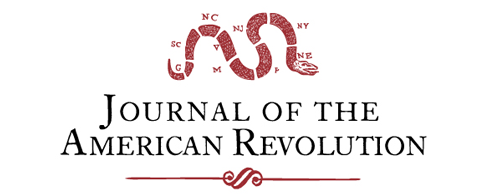Dr. James Craik and George Washington: Compatriots-in-Arms, Old and Intimate Friends
James Craik was born in Scotland, circa 1727, on the 1,400-acre estate of his father William Craik, member of the British parliament. He attended Edinburgh medical school; the first medical school in the English-speaking world. After graduation Dr. Craik served in the British army in the West Indies. Leaving the army, he set up medical […]
